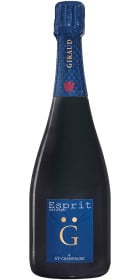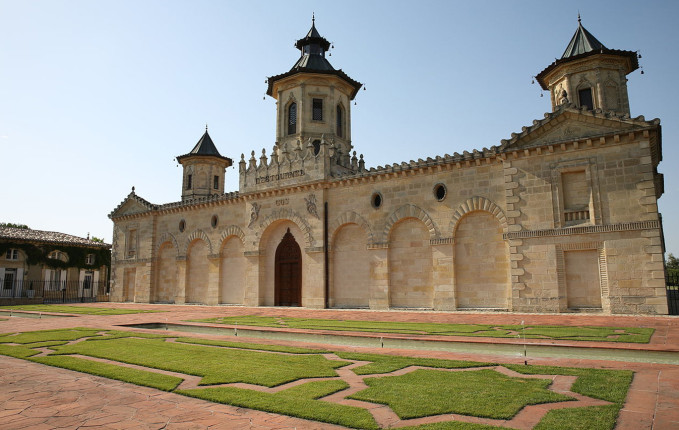
20€ coupon code for your first order by subscribing to our newsletter
Wine and spirits masterpieces to your doorstep
Free delivery from 300€ in Europe and from 1000 €/$ in USA

Secure packaging and transport insurance



What more recognizable Château in the Saint-Estèphe appellation than Cos d'Estournel with its oriental style and pagodas? An exceptional wine with an identity all its own, and nothing to envy anyone. In 1811, Louis Gaspard d'Estournel acquired several hectares of vines not far from a place called Cos, or "hill of pebbles".
It wasn't long before he was touring the world promoting his wines, even as far away as East India, where they were much appreciated by the maharajas. A reputation that earned him the nickname "Maharajah of Saint-Estèphe". Work then began on Château in 1830, offering the famous Far East-inspired architecture, with pagodas and elephant statutes.
His reputation earned him the title of Second Grand Cru Classé in the famous 1855 classification for the Paris Universal Exhibition. Owned since 2000 by entrepreneur Michel Reybier, numerous technical renovations have been undertaken, with the aim of constantly striving for excellence and precision.
Today, the vineyard covers 100 hectares of vines, an average age of 45 years, two-thirds of which are planted with Cabernet Sauvignon, followed by Merlot, Cabernet Franc and Petit Verdot. They are used to produce the grand vin and Second vin, Pagodes de Cos. Some plots, however, are planted with white grape varieties, Sémillon and Sauvignon blanc, used to produce Cos d'Estournel blanc and Second vin, les Pagodes de Cos blanc.
The 2017 vintage was marked by several climatic events, but the greatest terroirs of the Médoc, benefiting from the proximity of the estuary as is the case for Cos d'Estournel, were spared. The rest of the viticultural season, notably a beautiful warm and sunny summer, allowed the grapes to reach an excellent maturity at harvest time, with a very qualitative oenological potential.
Blend of the 2017 vintage: 66% Cabernet Sauvignon, 32% Merlot, 1% Cabernet Franc, 1% Petit Verdot
The color is dense and deep, purple red with beautiful garnet highlights.
The nose is harmonious, offering notes of black fruits such as blueberry, blackberry and black currant, mixed with Sichuan pepper, gingerbread and roasted cocoa.
The attack is suave, the wine reveals very quickly a lot of substance and finesse, with tannins of great precision that make it exquisite. With a superb balance between acidity and flavors of creme de cassis, violets and praline, it has a long, opulent and persistent finish.
Food and wine pairing:
Cos d'Estournel 2017 can be paired with an appetizer such as duck galantine, as well as all types of meat dishes, including tournedos Rossini, pan-fried veal kidneys with mustard, roast pigeon, or even jugged hare.
Select uncooked pressed cheeses such as Gouda, aged mimolette, Salers or Brie de Melun.
It can also be served with several chocolate desserts, such as a chocolate praline cake, a chocolate and raspberry tart or coffee macaroons.
Ageing potential and tasting :
Cos d'Estournel 2017 needs time to mature, being able to wait between 2032 and 2037. However, it can be enjoyed today, having taken care to prepare it for the occasion. To do so, please open and decant the bottle 5 to 6 hours before tasting, at room temperature.
To follow its evolution over time, it is advisable to proceed with successive tastings to measure the evolution of the wine and its qualitative peak.
The bottles are kept in the cellar, protected from light, lying down, at an optimal hygrometric degree of 70%.